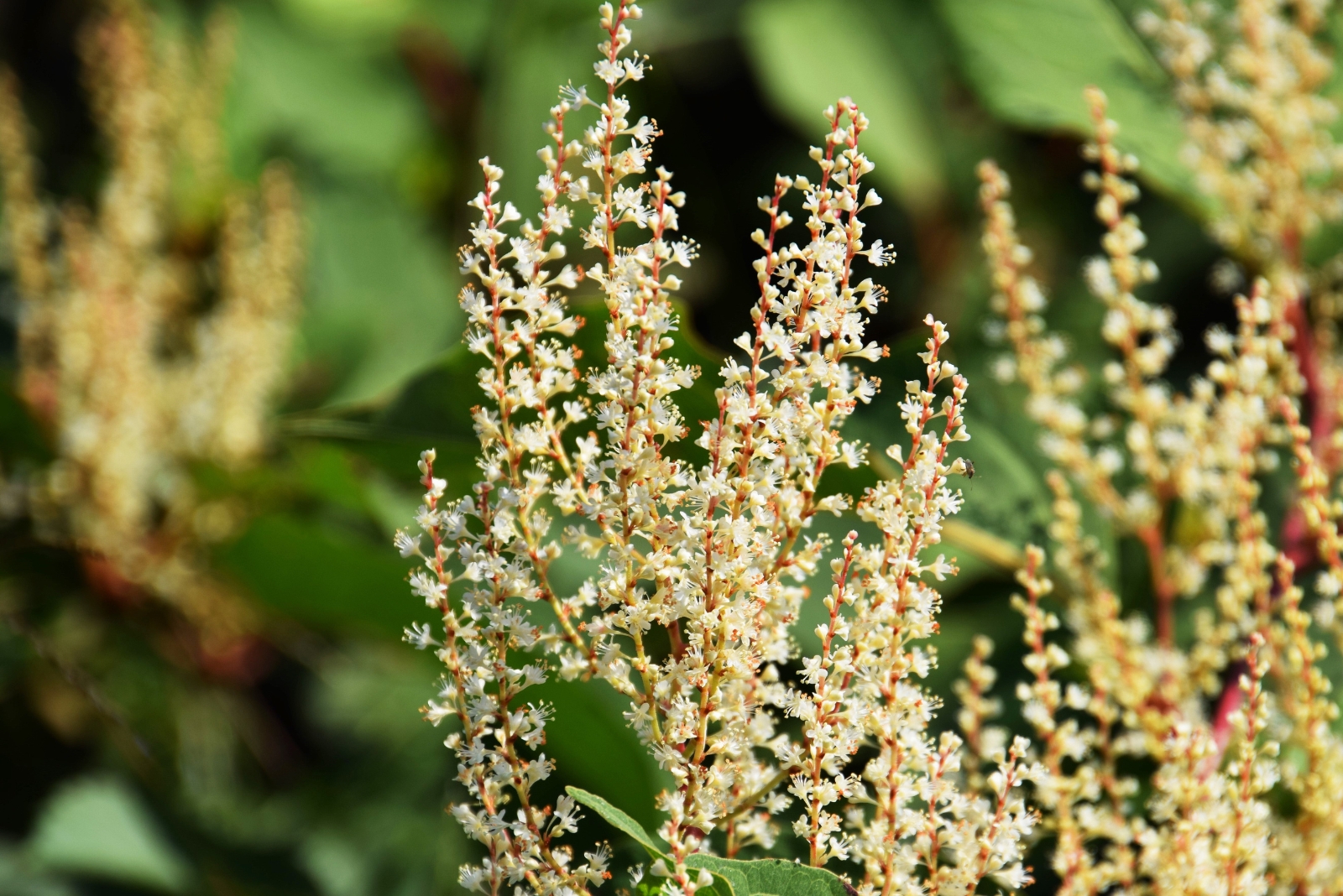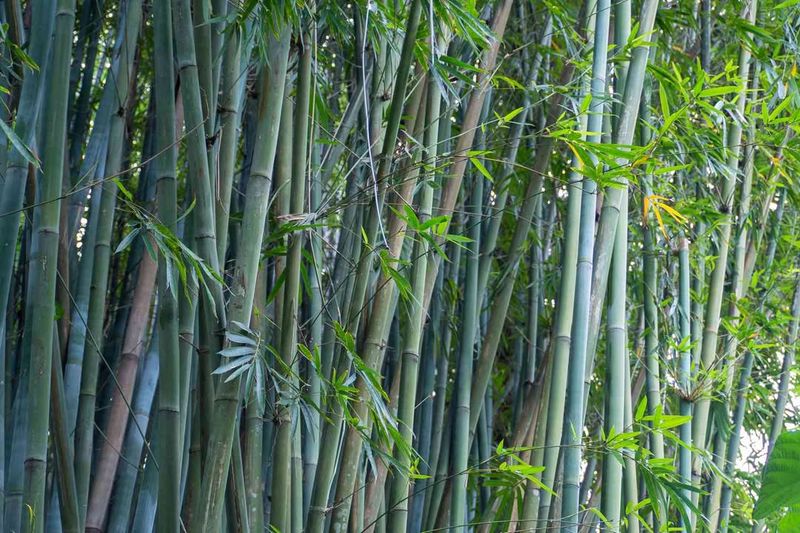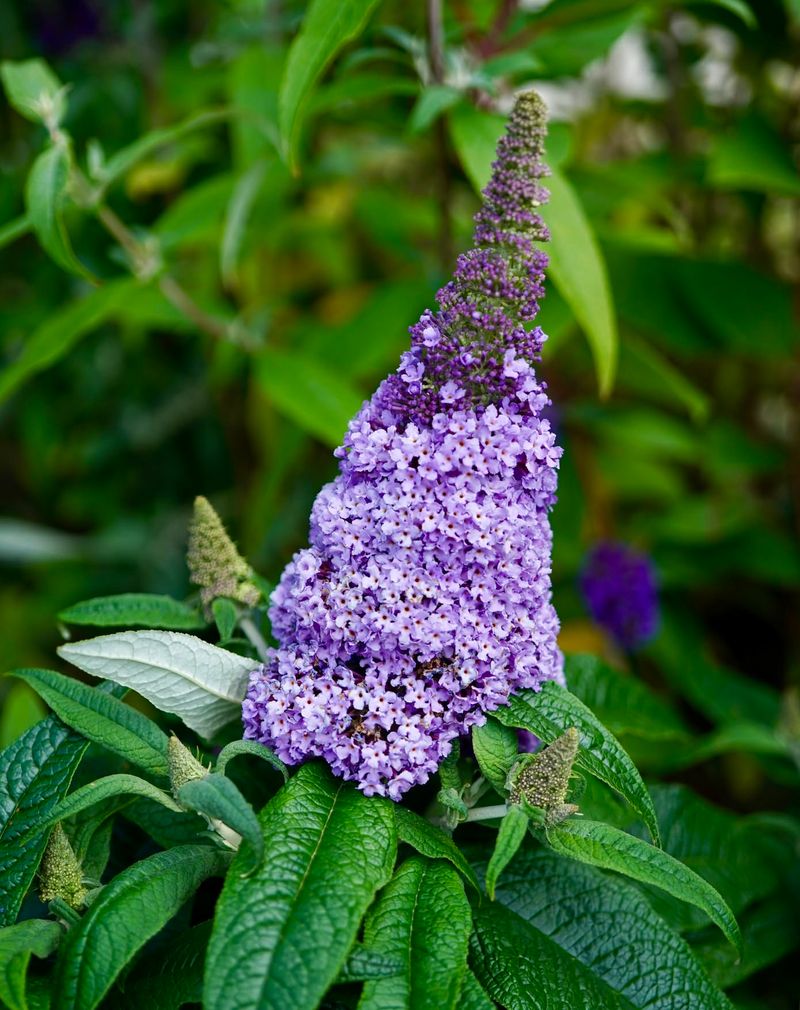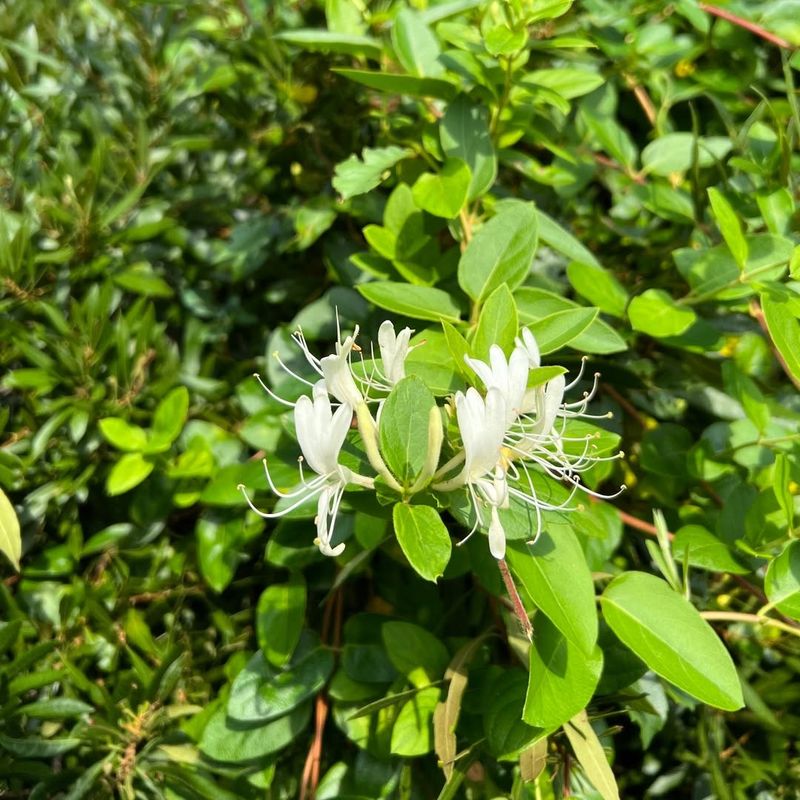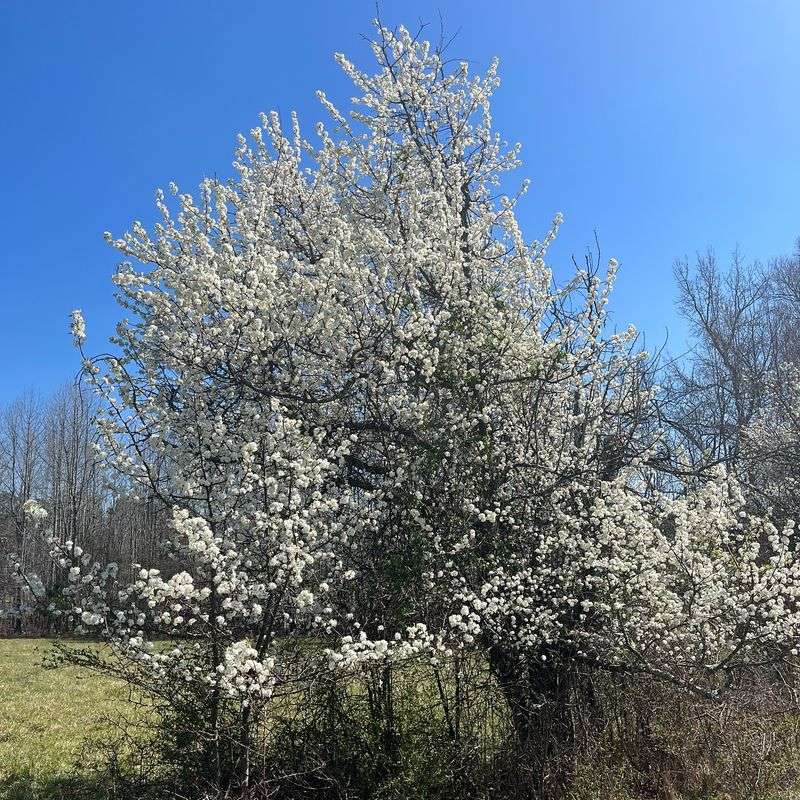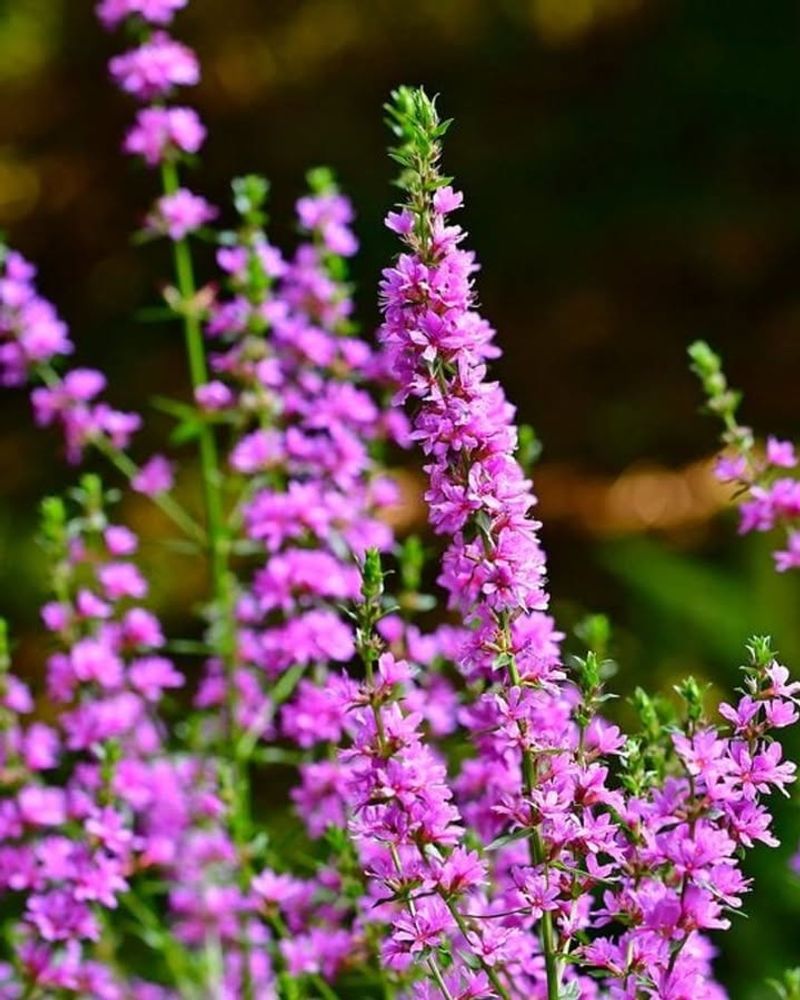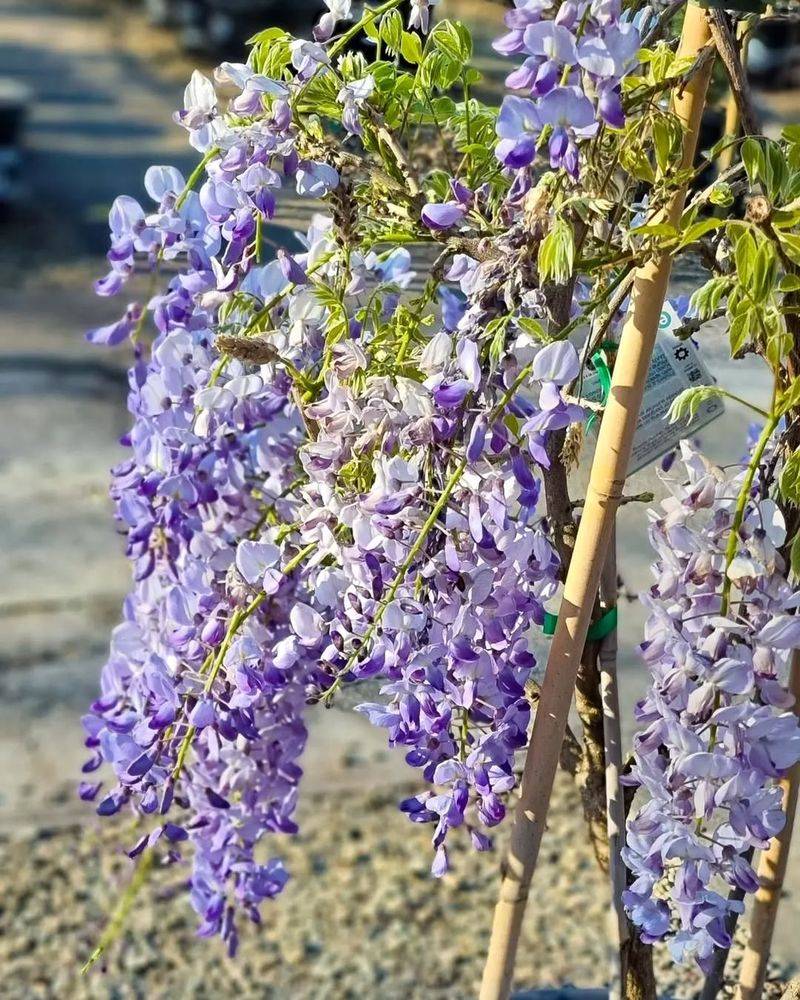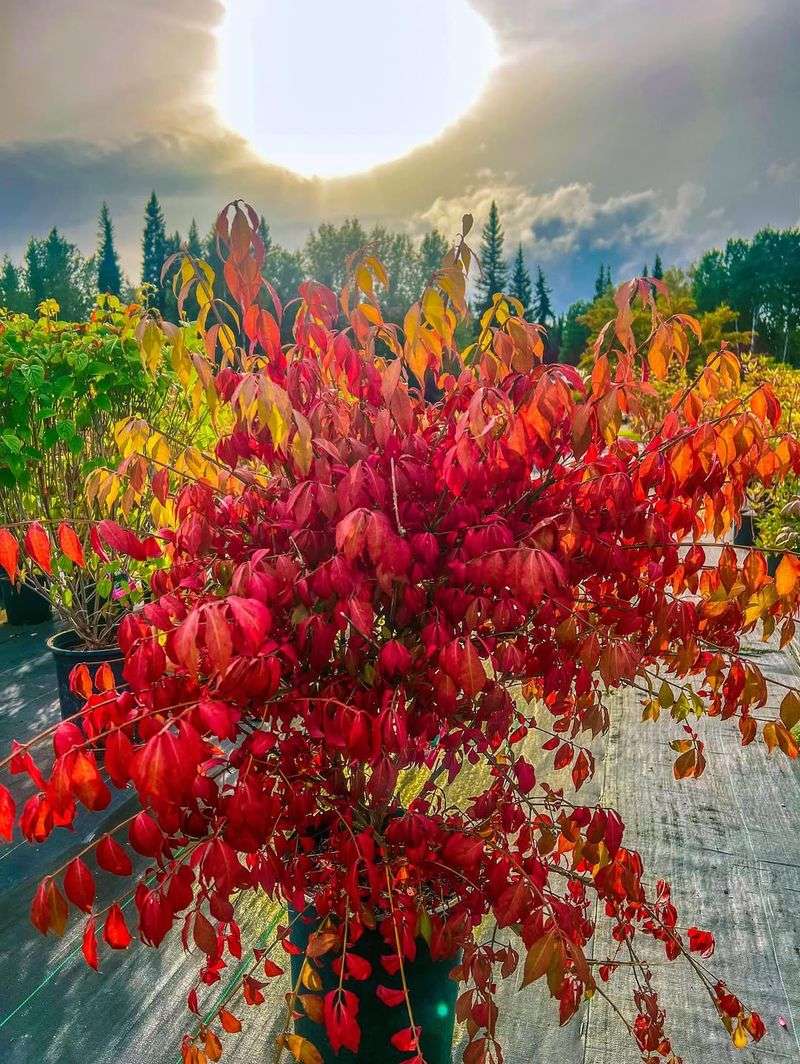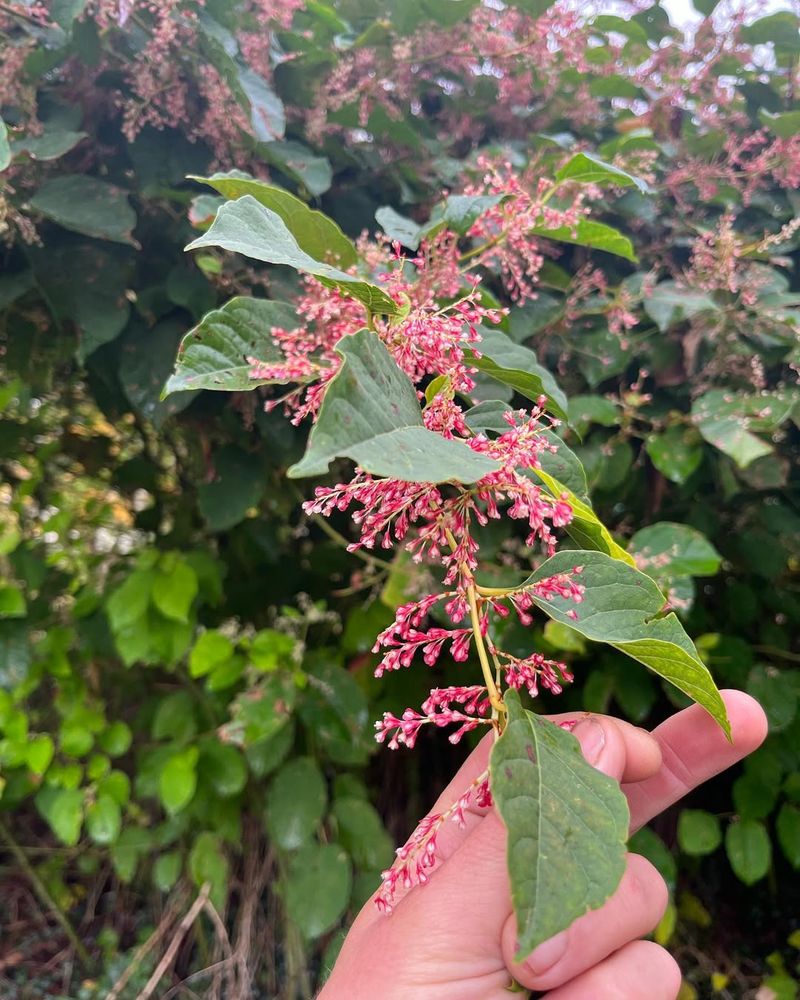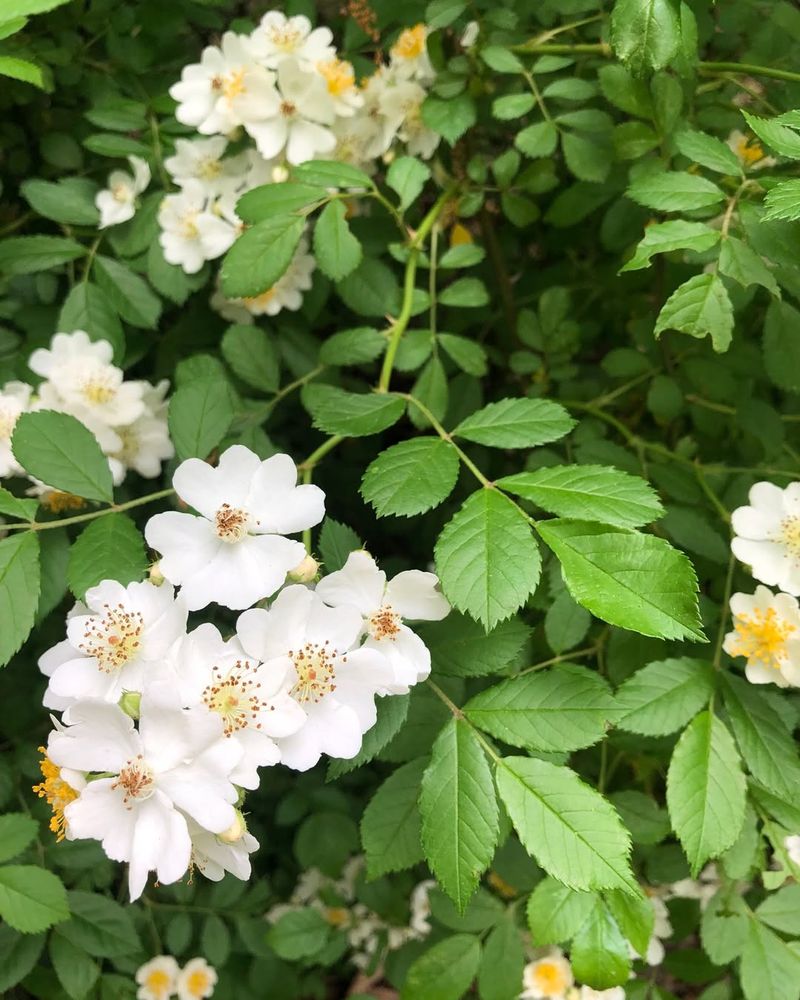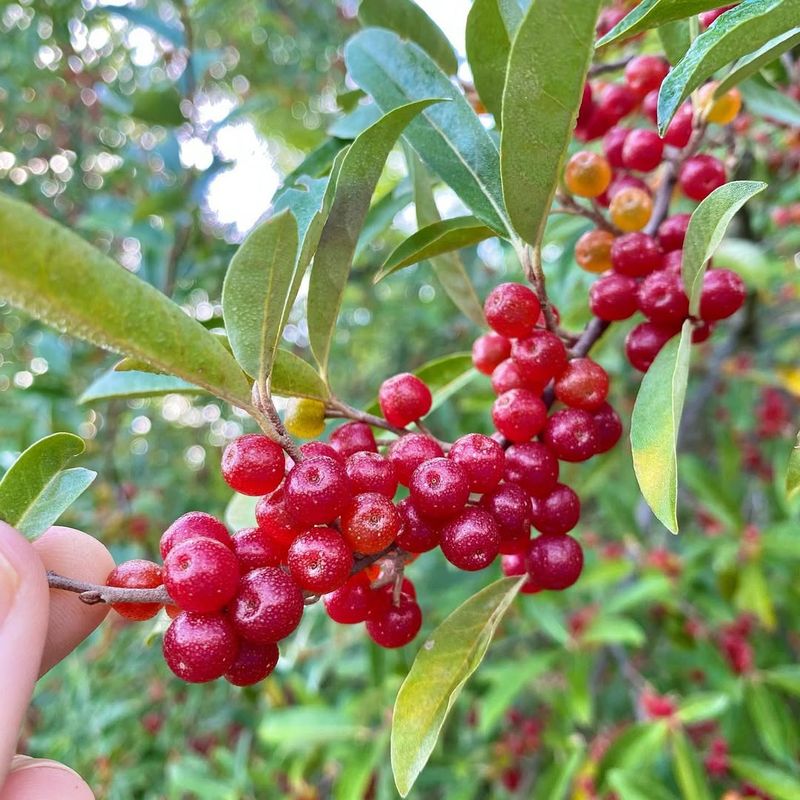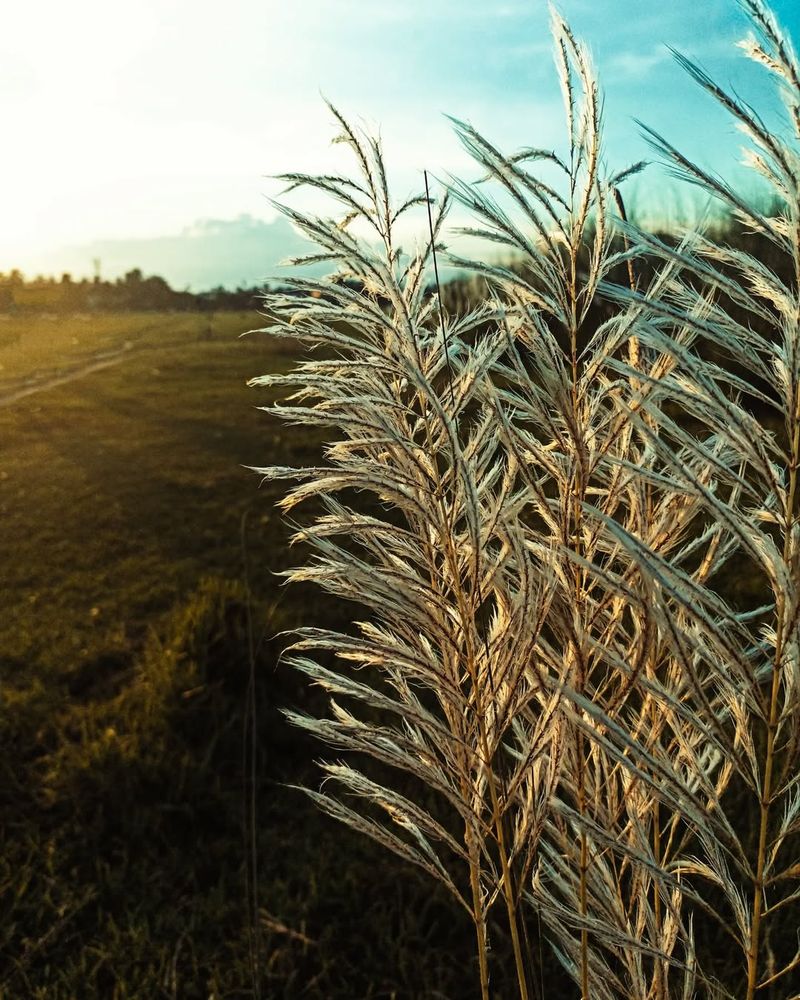Maryland gardeners might be surprised to learn that some beloved plants growing in their yards could soon become illegal to buy, sell, or even plant. State lawmakers and environmental agencies are cracking down on invasive species that harm local ecosystems and native wildlife.
Let’s see which plants are on the watch list so it can help you make smarter choices for your garden and protect Maryland’s natural beauty.
1. Bamboo
Creating a tropical paradise in your backyard sounds amazing until bamboo takes over your neighbor’s yard too. Running bamboo spreads underground through rhizomes that can travel dozens of feet in every direction.
Once established, it’s incredibly expensive and difficult to remove completely. Property disputes and damaged foundations have led several Maryland counties to already restrict certain bamboo species.
Statewide regulations could follow as complaints increase from frustrated homeowners dealing with unwanted bamboo invasions.
2. Butterfly Bush
Despite its name suggesting butterfly benefits, this popular shrub might actually hurt butterfly populations in the long run. Butterflies visit the flowers for nectar but can’t use the plant to lay eggs or feed their caterpillars.
Meanwhile, butterfly bush spreads aggressively along streams and roadsides, replacing native plants that caterpillars desperately need. Scientists call it an ecological trap that looks helpful but provides empty calories.
Maryland regulators are watching this plant closely for potential restrictions.
3. Japanese Honeysuckle
Sweet-smelling flowers and childhood memories of tasting the nectar make this vine seem harmless and nostalgic. However, Japanese honeysuckle grows so vigorously that it can pull down entire trees and shrubs under its weight.
It forms dense mats that prevent native plants from getting the light they need to survive. Wildlife suffers because the vine doesn’t provide the same nutrition as native honeysuckle species.
Restrictions may soon limit this aggressive invader across Maryland.
4. Bradford Pear
Neighborhoods filled with these white-flowering trees look stunning each spring, but that beauty comes with serious problems. Bradford pears have weak branch structures that split apart during storms, causing property damage and cleanup headaches.
The trees also produce thousands of seeds that sprout into thorny wild pears in natural areas. These invasive offspring form dense thickets that choke out native vegetation.
Maryland may ban sales soon, following other states that have already restricted this problematic tree.
5. Purple Loosestrife
Gorgeous purple flower spikes rising from wetlands seem like natural beauty, but appearances can be deceiving. Each purple loosestrife plant produces millions of tiny seeds that spread through water and wind.
The plant takes over marshes and pond edges, leaving no room for native wetland plants that ducks, muskrats, and fish depend on. Wetland biodiversity plummets wherever this invader establishes.
Maryland already restricts this plant in some areas, and complete bans could expand as wetland protection becomes more urgent.
6. Wisteria
Cascading purple flowers draped over arbors create picture-perfect garden scenes straight from a fairy tale. Chinese and Japanese wisteria grow far more aggressively than American wisteria, though, strangling trees and pulling down structures.
The vines twist so tightly around tree trunks that they cut off the flow of water and nutrients. Wild wisteria infestations in Maryland forests are becoming increasingly common and damaging.
Regulations distinguishing invasive from native wisteria species may soon affect what garden centers can sell.
7. Burning Bush
Fiery red fall color makes this shrub a landscape designer’s dream for creating dramatic seasonal displays. Birds eating the berries spread seeds into forests, where burning bush forms dense thickets that shade out everything beneath.
Native plants that provide better food for wildlife get crowded out by this aggressive spreader. Several northeastern states have already banned burning bush sales to protect their forests.
Maryland is evaluating similar restrictions as forest invasions worsen and threaten native plant communities throughout the state.
8. Japanese Knotweed
Bamboo-like stems and fast growth once made this plant seem like an attractive ornamental choice for adventurous gardeners. Japanese knotweed is now considered one of the world’s most invasive plants, capable of breaking through concrete and asphalt.
Tiny root fragments can sprout into new plants, making it nearly impossible to eliminate once established. The plant damages building foundations, drainage systems, and completely dominates riverbanks.
Maryland may soon prohibit this destructive plant to prevent further expensive infestations.
9. Multiflora Rose
Farmers once planted this thorny rose as living fences to contain livestock and provide erosion control on slopes. Those good intentions backfired spectacularly as multiflora rose spread into pastures, forests, and roadsides throughout Maryland.
Dense, impenetrable thickets form that are painful to walk through and impossible for most wildlife to use. Birds spread the seeds everywhere, creating new problem patches constantly.
Regulations may soon target this plant to help farmers and landowners reclaim invaded areas.
10. Autumn Olive
Silvery leaves and abundant red berries once made this shrub popular for wildlife habitat projects and erosion control. Autumn olive spreads so aggressively that it now dominates old fields and forest edges throughout Maryland.
The shrub fixes nitrogen in soil, which sounds beneficial but actually changes soil chemistry in ways that favor more invasive plants. Native shrubs that provide better wildlife food get crowded out completely.
State regulators are considering restrictions to prevent further ecosystem damage from this aggressive invader.
11. Chinese Silvergrass
Graceful arching leaves and feathery plumes make this ornamental grass a stunning focal point in modern landscapes. Chinese silvergrass produces thousands of seeds that blow into natural areas, where the grass forms dense stands that exclude native plants.
The thick growth changes fire patterns in grasslands and can increase wildfire intensity. Several states have already restricted invasive miscanthus varieties.
Maryland may follow suit as escaped populations threaten natural grasslands and meadows throughout the state, displacing important native grasses.

